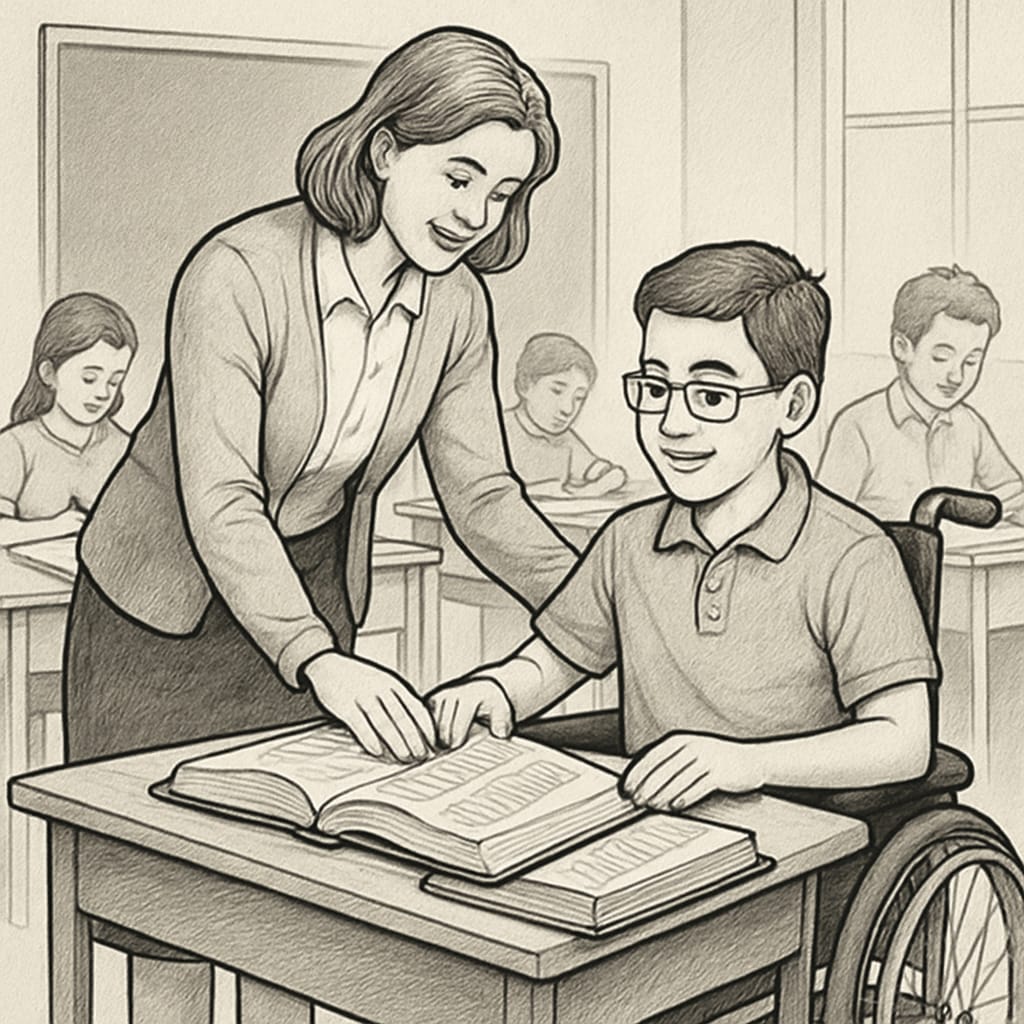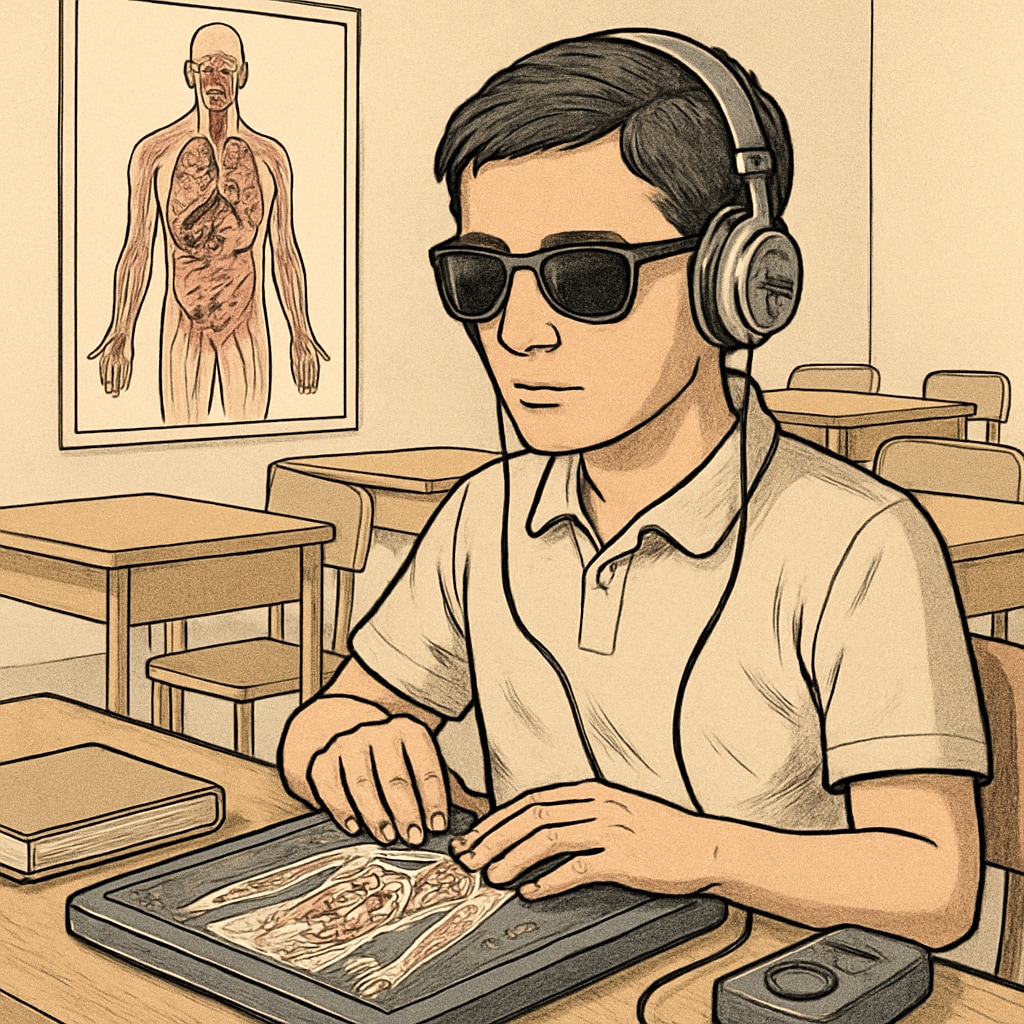Education inequities, medical dreams, and learning disabilities present significant challenges for special needs students aiming to enter the medical field. For many, the journey to becoming a doctor or healthcare professional is fraught with barriers—from inadequate resources to inaccessible teaching methods. Despite these obstacles, countless students persist, driven by their passion for medicine and the desire to make a difference. This article delves into the struggles these students face, highlights the systemic gaps in education, and suggests actionable solutions to empower them on their path to success.
Understanding the Challenges Faced by Special Needs Students
Special needs students often confront unique hurdles in their education. These challenges include physical disabilities, learning disorders, and sensory impairments, all of which can impede their ability to grasp complex medical concepts. Additionally, the traditional education system frequently fails to accommodate diverse learning needs, leaving these students at a disadvantage.
For example, many schools lack specialized staff trained to support students with disabilities, while rigid curricula fail to offer adaptive learning techniques. As a result, students may struggle to keep pace with their peers, leading to frustration and self-doubt. According to Britannica, special education programs are critical for addressing these gaps, yet they remain underfunded and inconsistently implemented across institutions.

Breaking Down Education Inequities
Education inequities disproportionately affect special needs students, limiting their access to necessary resources and opportunities. For instance, many schools lack accessible laboratories, specialized equipment, or adaptive technologies that are crucial for students pursuing careers in science and medicine. Additionally, standardized testing methods often fail to account for learning disabilities, further disadvantaging these students.
To address these inequities, institutions must prioritize inclusion and accessibility. This involves investing in adaptive technologies, offering tailored learning programs, and fostering an environment where all students can thrive. Organizations such as Inclusive Education on Wikipedia advocate for systemic reforms to ensure equal opportunities for all learners.

Strategies to Empower Special Needs Students
Several strategies can help special needs students overcome learning disabilities and achieve their medical dreams:
- Personalized Learning Plans: Tailored curricula and one-on-one guidance can address individual challenges and enhance understanding of medical concepts.
- Adaptive Technologies: Tools such as screen readers, voice-to-text software, and tactile learning resources make education more accessible.
- Mental Health Support: Counseling services can help students navigate the psychological stress associated with their struggles, fostering resilience and confidence.
- Mentorship Programs: Connecting students with role models in the medical field can inspire and guide them toward their goals.
By implementing these strategies, institutions can create a more inclusive and supportive environment for special needs students, enabling them to excel academically and professionally.
Shaping a Future of Equal Opportunity
As society progresses, it is imperative to address the systemic barriers that hinder special needs students from realizing their medical dreams. This requires collaboration among educators, policymakers, and healthcare professionals to design inclusive programs and allocate adequate resources. In addition, public awareness campaigns can help shift societal attitudes, promoting a culture of acceptance and support.
Ultimately, empowering special needs students is not just about fulfilling their aspirations—it’s about enriching the medical profession with diverse perspectives and experiences. By breaking down barriers and fostering inclusivity, we can create a future where every student has the opportunity to thrive, regardless of their challenges.
Readability guidance: This article uses short paragraphs, active voice, and accessible language to ensure clarity. Lists and examples are included to enhance understanding, while transitions like “however” and “in addition” create a natural flow.


